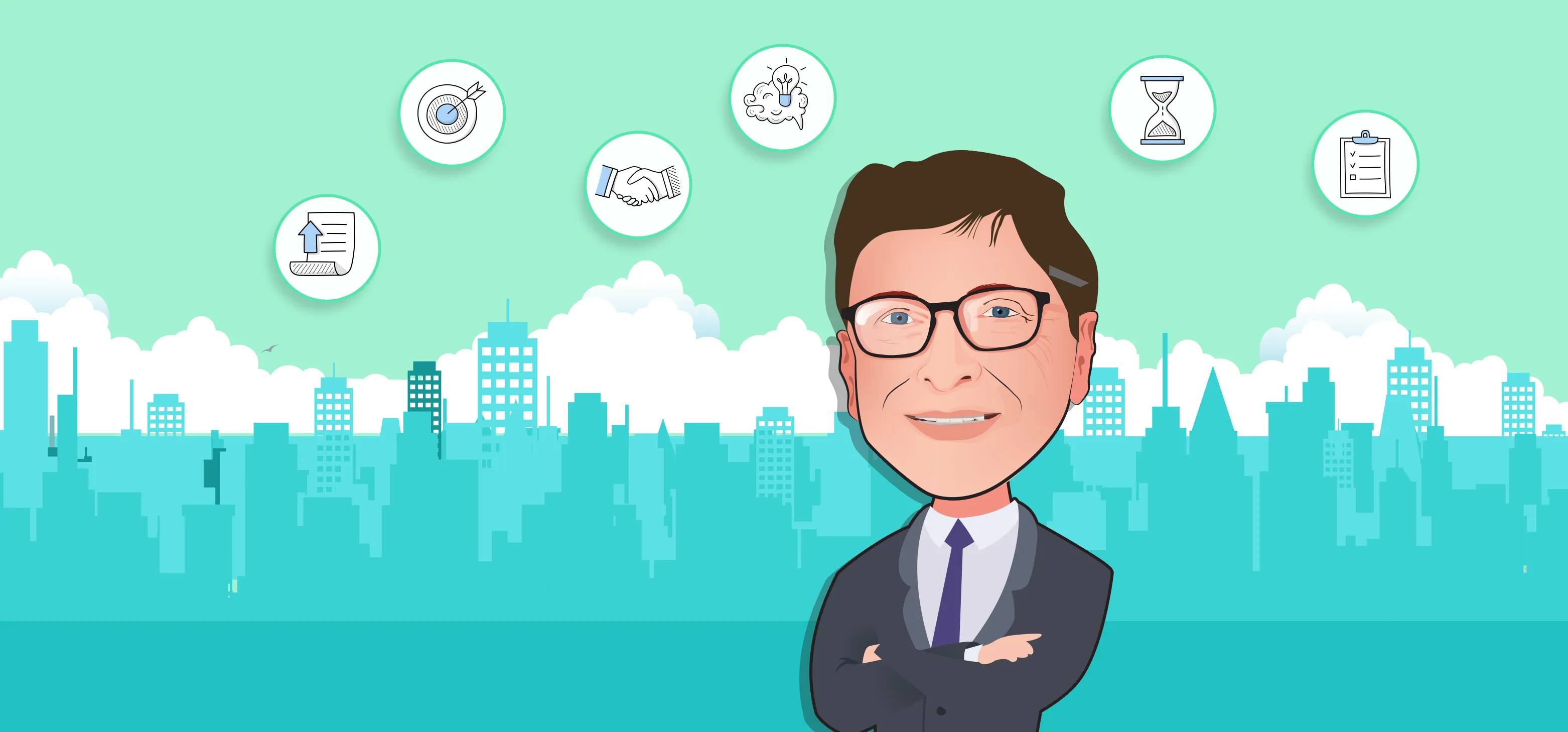[ad_1]
Do you like going to the beach? Too bad. They’re all doomed.
I say this because beaches are by their nature located right at sea level. Waves break on them to make their sand; tides move that sand around. There are a few beaches around the world where sand is so copious that giant dunes have formed, as in Namibia or the California coast north of Santa Barbara. Those might manage. But most form a coastal verge not much higher than the current highest tides.
New projections released by the National Oceanic and Atmospheric Administration in the U.S. put minimum sea-level rise at 12 inches within the next 28 years. That number doubles, at least, by the end of this century — and possibly rises to as high as 8 feet. Even the low-end estimates, almost sure to be reached because of the anthropocentric warming that’s already occurred, would be enough to submerge almost every beach in the world. Kiss them goodbye.
This sad prospect has haunted me for a long time. Beaches saved my suburban youth. Many people love them, as I do, for their ease and beauty. They contribute to a big part of the world’s tourist economy, and they mean even more to the people who depend on them for their livelihood. The coastal life is an ancient one, which still feeds and supports millions.
And, of course, every coastal city is built right to sea level. So the coming rise, even in its earliest phases, will devastate a major part of human civilization. Why this oncoming disaster isn’t discussed more is a mystery to me. Possibly it’s because people feel it’s too far in the future to worry about or too sad to contemplate. Maybe it’s because we think there’s nothing to be done about it.
For me it’s been like a recurring nightmare, portrayed again and again in my science fiction over almost three decades. I first had a volcano erupt under the Western Antarctic Ice Sheet, causing it to break up and float away. A billionaire near the end of Green Mars looks down from a space plane on the disintegration: “That’s it for every beach in the world,” he says. Fictional engineers in another book, as a stopgap measure, try to pump water back up onto Antarctica so it will refreeze there. In 2312, published in 2012, planners of the future are building dams to save glaciers in Greenland. I’ve also depicted restorations in the aftermath of lost glaciers, such as sucking sand out of the shallows to rebuild the beaches on higher ground, or figuring out how to coexist with ocean water sloshing over most of Lower Manhattan.
Now the latest findings show things are speeding up more than seemed possible. The ice shelf floating off the Thwaites Glacier in Antarctica, for instance, looks like it might break up in the next five years. Whenever it happens, the giant glacier’s ice will slide into the sea unimpeded, at a much faster speed than before. The loss of Thwaites alone would raise sea level by 2 feet.
This doesn’t mean there’s nothing we can do. Of course, rapid decarbonization is the main thing. But there are other methods within our power to slow the big glaciers down. These are untested, obviously, but well within our technological capabilities.
My most recent attempt to imagine the future of glaciers came two years ago in The Ministry for the Future. The idea is to forestall the worst of sea-level rise by slowing the giant glaciers of Antarctica and Greenland back to their historical speeds.
These big glaciers are sliding into the sea faster and faster because they’re riding on meltwater. Warming on the surface sends melted water trickling down to the beds underneath. This becomes like a water slide that allows glaciers to slip down their canyon beds as much as 10 times faster than they used to. When fragments hit the ocean as new icebergs, the melting comes quickly, and, in any case, once afloat the chunks are already displacing all the volume they ever will.
A first step: Pump that meltwater out from under the big glaciers. This would drop them back onto their rock beds and slow them down. We know how to bore through ice sheets and pump water from under them; scientists already do that to investigate under-ice lakes and the ocean floor under ice shelves. The oil industry has all the technology and expertise necessary for the task, and because it needs to shift away from fossil fuel as fast as possible, repurposing its skills to this crucial work would be a great way to stay in business. Pumping meltwater out of one type of geologic formation isn’t so different from pumping crude and methane out of another. So the oil giants could help to rescue us from a situation their earlier output did much to create.
The logistical demands of this project would be huge. It would require sea-, air-, and ice-based operations. Happily, all the navies of the world are currently available to help, and they’re very well suited to the task. Aircraft carriers would be ideal as supply centers for these operations. If the point of national defense is saving one’s country from destruction, many countries with doomed coastlines ought to be willing to bring military forces to bear. Russia, for instance, with the best icebreakers in the world, is going to lose St. Petersburg. New York, Miami, London, Tokyo, Shanghai — on and on the list of vulnerable coastal cities goes. Most of the countries on Earth will suffer.
This suggests it’s a project for international cooperation, something that might seem vanishingly unlikely at a moment of warfare in Europe. But even in the depths of the Cold War, Russian and American scientists worked together in Antarctica. In the International Geophysical Year of 1957 they studied the poles in the name of science. This time it would be for survival.
A few years back, I thought this plan for slowing down glaciers was the idea of a single scientist, slipped to me on the side at a conference—suitable stuff for a science fiction writer. Since then, I’ve learned that the idea has been discussed among glaciologists for a decade or more. A review of glacier-slowing proposals recently published in Science Direct lists methods ranging from speculative to shovel-ready—all very inexpensive compared with the immense costs of inaction.
Tabular icebergs that have already broken off into the ocean could be tethered to their parent ice shelves. Engineers could construct underwater anchoring points to help hold fragile ice shelves in place. Windbreaks could be built to keep snow from blowing off Antarctica into the ocean. Underwater berms could prevent warm ocean water from flowing under the ice and melting it from below. Lastly, after pumping water out from beneath glaciers, workers who’ve honed their craft in the shale patch of Texas could use those same skills to inject liquid nitrogen down there to freeze the ice to the bedrock. It would be like fracking in Antarctica; they’ll just need warmer boots.
Everyone should be interested in these projects: oil executives, admirals, reinsurance underwriters, engineering graduate students, people who’d like to be able to lie out next to the waves in the 2040s. Working together we might be able to do it, and our chances are better the sooner we start. Success in Antarctica and Greenland would give us time to deal with all our other pressing climate-related problems, without the coastlines drowning to add to our woes. And the beaches might survive.
Robinson writes science fiction in Davis, Calif., and his Warm Futures essays also appear in Bloomberg Green’s magazine. This column does not necessarily reflect the opinion of Bloomberg LP and its owners.
[ad_2]
Source link





More Stories
5 Common Finance Mistakes and How to Avoid Them
Simple Finance Tips for Better Money Management
The Best Finance Hacks to Save More Money